Rhizomatic Storytelling
Natalie Zina Walschots is a freelance writer, community manager, and bailed academic based in Toronto. She writes everything from reviews of science fiction novels and interviews with heavy metal musicians to in-depth feminist games criticism and pieces of long-form journalism. She is the author of two books of poetry. In her free time she has been exploring the poetic potential of the notes engine in the video game Bloodborne, writing a collection of polyamorous fairytales, developing interactive narrative classes, and composing short text-based body horror games. She also plays a lot of D&D, participates in a lot of Nordic LARPs, watches a lot of horror movies, and reads a lot of speculative fiction. Her debut novel Hench is now available in paperback wherever books are sold.
(Rhizomatic Storytelling; or, navigating narrative branch points; or, this is really just about tentacles, isn’t it.)
Writing for video games profoundly changed the way that I approach fiction. Video games transformed the way I approached environmental storytelling, taught me that every scrap of trash and every surface is an opportunity to convey something meaningful. It changed the way I approach plot progression, taught me how to locate the trigger event that had to occur to advance to the next stage of the story. But I think the deepest impact that video games have had on my writing (aside from my attempts to insert Chrono Trigger references everywhere) is the way I approach narrative structure and storytelling.
Non-linear storytelling is a staple of writing for games; while not all games are non-linear, many of them are, and certainly they have many more opportunities for multifoliate narratives than books do (Choose-Your-Own-Adventure notwithstanding). In games, what propels non-linear narratives forward are the choices that the player makes. Some of these choices are extremely minor, almost cosmetic; choosing ruder options will get you snarkier responses from NPCs, for example, and may eventually make the merchant charge you more for the items you need. In true non-linear narratives, however, players are allowed to make big choices, some of which they may not even be aware they are making at the time. These decisions impact relationships, major plot points, and even the eventual ending of the story.
One of the best-loved examples of a non-linear narrative where player choice dramatically changes the story can be found in the Mass Effect series. (Some spoilers to follow, just in case you haven’t played these amazing games, which you absolutely should.) In the first installment of the game, the player must make an incredibly difficult choice to save one of two characters. Whomever they choose to save survives and is a pivotal character across all three games (in the same playthrough). The other character? They stay dead. Everyone around you knows the choice you made and reacts accordingly; the survivors have their own processes of grief and survivor guilt and complicated feelings. Big choices like this happen again and again throughout the franchise. If you give a character a chance to prove they can be more than the role they were born for, they remember the kindness. Some characters you have relationships with deepen with romantic advances; others are permanently damaged by them. These choices matter, and the end result is a story that is profoundly different from another iteration of the game, another playthrough where someone else made different choices.
Some games build this kind of choice into the game mechanics as well. Undertale, a work of sheer genius that combines 16-bit nostalgia with incredibly complex and subtle storytelling (and also has a killer soundtrack), does this extraordinarily well. When you get into a confrontation with another character, you can choose to fight them...or you can choose to talk to them, to dance, to play a game, to compliment them. Every interaction has its own choices, many of which are non-violent. The way you move through the world changes the world around you. Someone who tries to talk their way out of trouble instead of fighting finds themself in a completely different universe than one who indiscriminately destroys every monster that they meet.
I’ve played games since I was a little kid, and those structures and choices and branches embedded themselves into the way that I think about stories. When I started writing for games, both my own weird text-based narratives and also larger collaborative or studio projects, I internalized that structure more deeply. I learned to lead players to the branch points where they had to make important decisions, to lay those choices before them, and present very different paths depending on which direction they chose.
All the choices a player doesn’t take, of course, are still there in the game; all the shadow decisions, the branches unclimbed and paths unwalked, remain in the code, waiting for a different player or a just different playthrough to explore those possibilities.
When you’re writing a novel, or short story, or any static narrative that has one canonical version of the narrative, it might seem counter-intuitive that experience writing branching narratives would be terribly useful at all. You aren’t leading a reader to a place where they are making a decision about how the story is going to unfold from here; you’re telling them what happened. Your characters have their arcs, your story has an ending, and every reading experience has everyone racing toward their own pre-determined fate regardless of how badly a reader might want things to go differently. (And this is exactly what fanfiction is for, but I digress).
However, it’s in my writing process where games have had the biggest impact. Games taught me that instead of approaching every important plot point or instance of character development as though only one thing could happen, I could look at these moments as branching points, a fork from which various possibilities could diverge. I look at crucial moments in my stories as points where many things could happen; I’ll often explore more than one possibility. After wandering down many paths, I choose the one that I think is the best, the most interesting, the most heartbreaking, the most satisfying. I pick the branch I want, but I am aware of all the others I have pruned away, and considered them too.
Treating all stories like branching narratives also has a huge impact on the way that I revise; or more accurately, the way I fix things when they have gone badly awry. And it happens. Sometimes stories just start to...unravel. Their structure doesn’t hold, they come unspooled, and no matter how desperately you try and hold them together, it can’t be done. You can’t suture jello no matter how clean your stitches might be.
At these moments, I don’t necessarily have to scrap and start again. I can work my way backwards, find the important branches, the moments of key decisions, and see where things started to fall apart. I think of these as narrative check points; where some of my progress can be saved. A choice that may have even seemed innocuous to me could have had dire consequences far down the line; sometimes things can be saved by making a different choice at these forks. Sometimes, I realize I can’t spare a character a bad outcome, or a moment of pain that I really wanted to, because it robs them of the arc that they deserve. Sometimes plot momentum or character motivation has been lost, and I need to find a moment where it was still alive and thriving, and protect that energy. Being able to recognize these moments, and find them again, has changed the way I edit, restructure, and reengineer.
It’s easy to see stories, even our own, as monoliths, solid things that can only happen one way. Until they’re mapped and fixed by the act of writing, I’ve found them to be much more like writhing masses of possibility. Just all these squiggly bits, branching finer and finer as we choose a path to the end. A story is the path a single blood cell has to make it from the heart all the way to the extremities, eventually traveling through the smallest capillary.
Anna does boring things for terrible people because even criminals need office help and she needs a job. Working for a monster lurking beneath the surface of the world isn't glamorous. But is it really worse than working for an oil conglomerate or an insurance company? In this economy?
As a temp, she's just a cog in the machine. But when she finally gets a promising assignment, everything goes very wrong, and an encounter with the so-called "hero" leaves her badly injured. And, to her horror, compared to the other bodies strewn about, she's the lucky one.
So, of course, then she gets laid off.
With no money and no mobility, with only her anger and internet research acumen, she discovers her suffering at the hands of a hero is far from unique. When people start listening to the story that her data tells, she realizes she might not be as powerless as she thinks.
Because the key to everything is data: knowing how to collate it, how to manipulate it, and how to weaponize it. By tallying up the human cost these caped forces of nature wreak upon the world, she discovers that the line between good and evil is mostly marketing. And with social media and viral videos, she can control that appearance.
It's not too long before she's employed once more, this time by one of the worst villains on earth. As she becomes an increasingly valuable lieutenant, she might just save the world.
A sharp, witty, modern debut, Hench explores the individual cost of justice through a fascinating mix of Millennial office politics, heroism measured through data science, body horror, and a profound misunderstanding of quantum mechanics.
Add Hench to your tbr here. Order it from your local independent bookseller, or order it via Bookshop.org to support independent booksellers throughout the US and the UK. For international shipping, you can try Barnes & Noble. If you prefer audiobooks, here’s a Libro.fm link. You can also request Hench from your local library — here’s how to get in touch with them. And if you need to order from the Bad River Website, here’s a link that will leverage your order to help get clean water to people who need it.
If you haven’t already, I hope you’ll consider subscribing to this newsletter. The subscriber community is a wonderful and supportive one, and we’re spending 2021 finding new ways to stay connected and share experiences.
No matter what you do, please find a way to support Asian American and Pacific Islander communities. There are some resources here to get you started. You can also click here to find ways to support Black communities and people.
In the meantime, care for yourself and the people around you. Believe that the world can be better than it is now. Never give up.
—Gailey

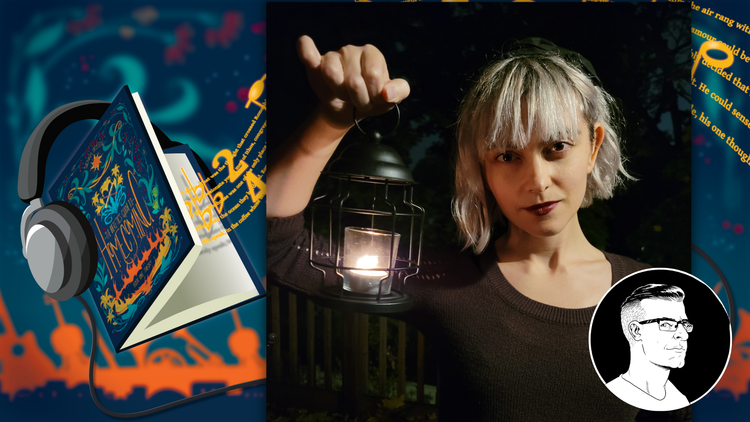
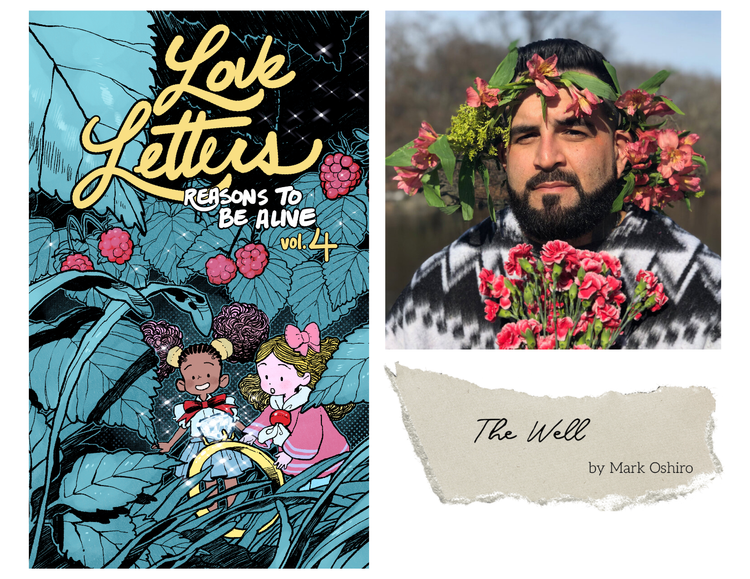
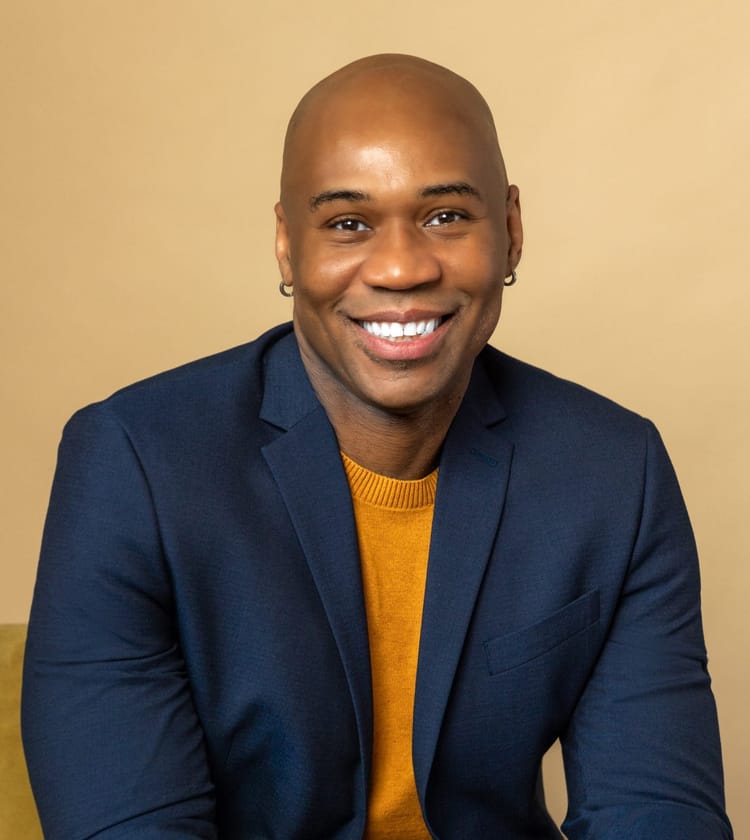
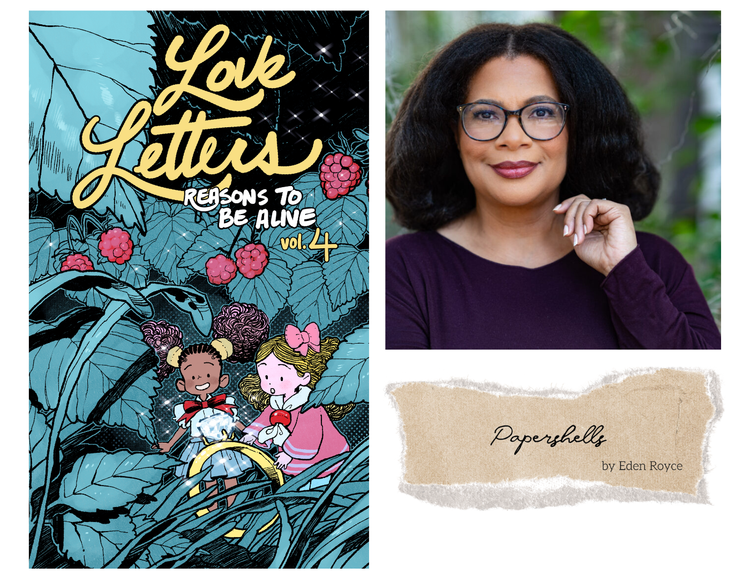
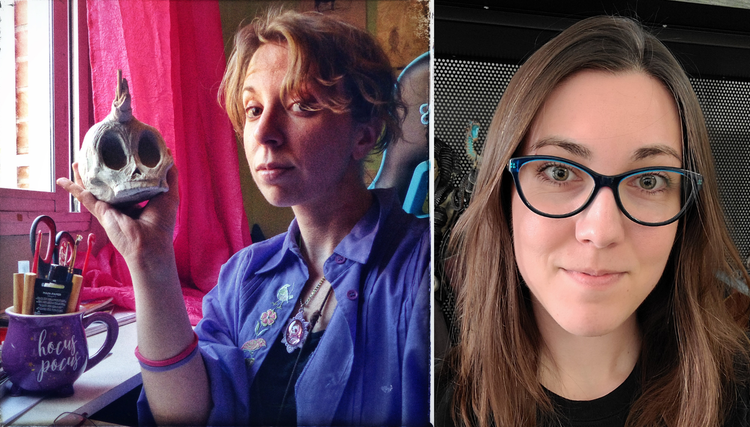
Member discussion